“Global Critical Infrastructure Protection Market to reach a market value of USD 198.2 Billion by 2031 growing at a CAGR of 4.7%”
The Global Critical Infrastructure Protection Market size is expected to reach $198.2 billion by 2031, rising at a market growth of 4.7% CAGR during the forecast period.
The North America segment procured 37% revenue share in this market in 2023. This leadership is attributed to the region's advanced technological infrastructure, significant investments in security solutions, and strong regulatory frameworks to protect critical infrastructure. The United States, in particular, has prioritized securing key sectors such as energy, transportation, and financial services against physical and cyber threats.
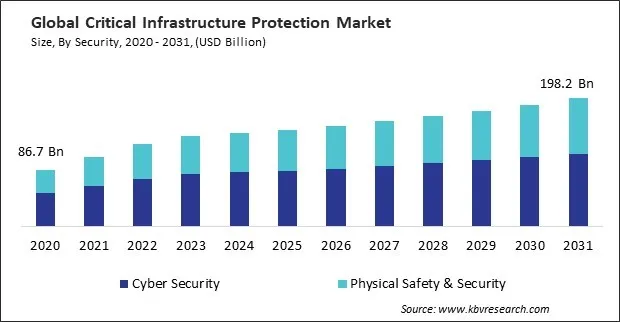
The major strategies followed by the market participants are Acquisitions as the key developmental strategy to keep pace with the changing demands of end users. For instance, In July, 2023, Honeywell International Inc. announced the acquisition of SCADAfence, a leader in OT and IoT cybersecurity. This acquisition enhances Honeywell's capabilities in asset discovery, threat detection, and security governance, helping customers protect critical industrial systems from cyberattacks. Moreover, In September, 2024, BAE Systems PLC announced the acquisition of Kirintec, a UK-based cyber and electromagnetic activities (CEMA) company to enhance protection against cyber and electromagnetic threats, complementing BAE’s capabilities. It will join BAE’s Digital Intelligence division, expanding its electronic warfare and force protection portfolio.
Based on the Analysis presented in the KBV Cardinal matrix; Cisco Systems, Inc. is the forerunner in the Critical Infrastructure Protection Market. In March, 2024, Cisco Systems Inc. took over Splunk Inc., boosting security and observability through a unified digital perspective. This merger ensures improved security, observability, networking, AI, and economic benefits, delivering transformative solutions for customers across diverse industries. Companies such as Siemens AG, Lockheed Martin Corporation, and Honeywell International Inc. are some of the key innovators in Critical Infrastructure Protection Market.
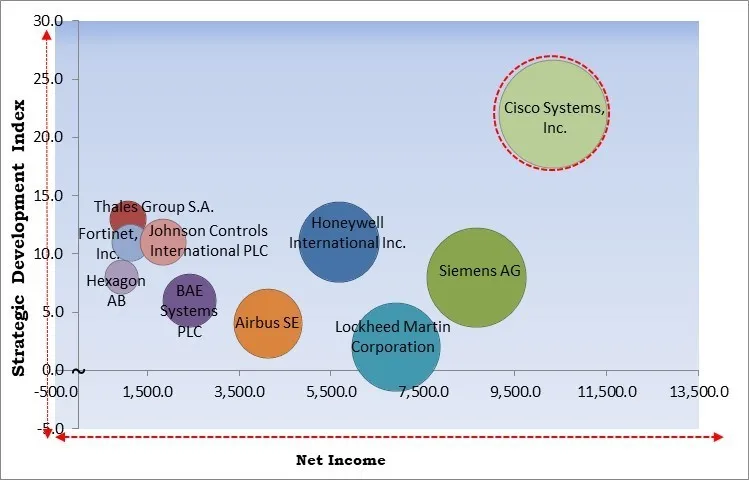
The increasing number of cyber-attacks has become a significant concern for critical infrastructure sectors such as energy, transportation, and utilities. These threats range from traditional attacks like viruses and malware to more complex exploits, including advanced persistent threats (APTs), ransomware, and phishing schemes. As the Federal Bureau of Investigation (FBI) and International Monetary Fund (IMF) data indicate, the average annual cost of cybercrime will increase from $8.4 trillion in 2022 to over $23 trillion in 2027. Hence, such factors are propelling the growth of the market.
Additionally, Critical infrastructure—such as energy grids, water supply systems, transportation networks, and communication frameworks—forms the backbone of modern society. Disrupting these sectors could affect public safety, economic stability, and national security. In North America, the NERC CIP standards have become a cornerstone of the regulatory framework for the energy sector. Thus, as threats to these sectors become more complex, organizations must align with these regulations, aiding the market's growth.
Moreover, these CIP solutions often require advanced technologies like sophisticated surveillance systems, robust cybersecurity infrastructure, and physical security measures. For instance, deploying state-of-the-art surveillance systems can involve purchasing high-resolution cameras, integrating AI-driven analytics software, and maintaining data storage capabilities. Hence, the high costs associated with implementing and maintaining CIP solutions can deter organizations from adopting these critical measures, ultimately impacting the growth of the market.
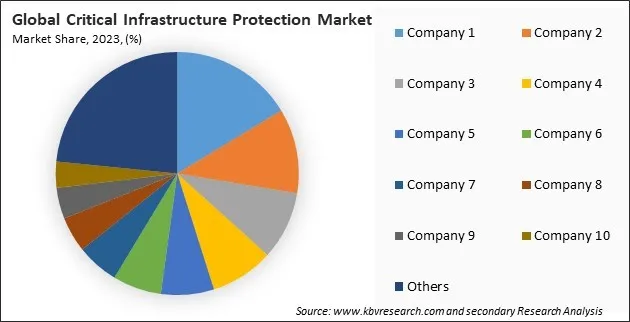
The leading players in the market are competing with diverse innovative offerings to remain competitive in the market. The above illustration shows the percentage of revenue shared by some of the leading companies in the market. The leading players of the market are adopting various strategies in order to cater demand coming from the different industries. The key developmental strategies in the market are Mergers & Acquisition.


On the basis of security, the critical infrastructure protection market is classified into physical safety & security and cyber security. The physical safety & security segment acquired 42% revenue share in this market in 2023. This segment includes technologies and solutions to safeguard physical assets and facilities, such as surveillance systems, access control, perimeter protection, and emergency response systems. The demand for these solutions is driven by the need to protect critical sites like power plants, transportation hubs, and water treatment facilities from physical intrusions, vandalism, and terrorism.
By end use, the critical infrastructure protection market is divided into BFSI, energy & power, government & defense, IT & telecom, transport & logistics, oil & gas, and others. The energy & power segment witnessed 21% revenue share in this market in 2023. This dominance is due to the critical nature of energy infrastructure, including power facilities, smart grids, and distribution networks, which are highly susceptible to physical attacks and cyber threats. Events like cyber-attacks on power grids, exemplified by incidents in Ukraine, have highlighted the need for robust security measures.
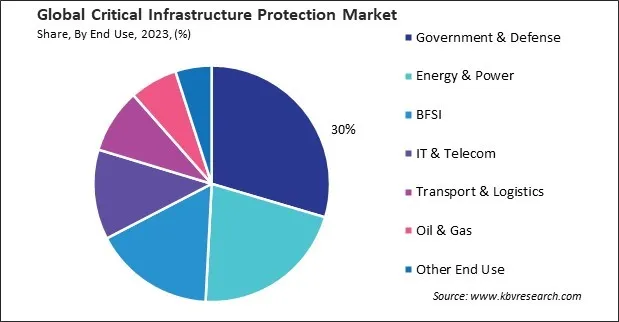
Based on type, the critical infrastructure protection market is bifurcated into solutions and services. The services segment procured 34% revenue share in this market in 2023. The services segment is fueled by the necessity for professional assistance in the implementation and maintenance of intricate CIP solutions. Organizations frequently require assistance in customizing solutions to meet their specific requirements and guarantee that their systems are compliant with the most recent security updates and compliance standards.
Free Valuable Insights: Global Critical Infrastructure Protection Market size to reach USD 198.2 Billion by 2031
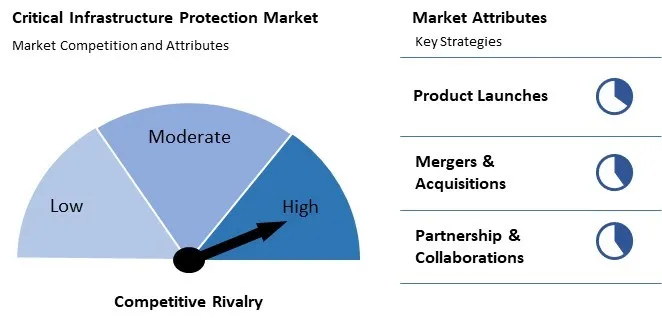
The Critical Infrastructure Protection (CIP) market, excluding top players, remains competitive with numerous emerging and mid-sized firms driving innovation in cybersecurity, physical security, and data analytics. These companies focus on niche solutions, targeting sectors like energy, transportation, and healthcare, often delivering specialized, agile responses to complex security needs. Intense demand for customized, budget-friendly solutions sustains vibrant competition and continuous technological advancements.
Region-wise, the critical infrastructure protection market is analyzed across North America, Europe, Asia Pacific, and LAMEA. The Europe segment acquired 31% revenue share in this market in 2023. European countries have actively invested in protecting critical infrastructure, particularly energy, transportation, and water management. The region faces stringent regulations such as the EU's NIS Directive (Network and Information Systems), which mandates high levels of cybersecurity for operators of essential services.
| Report Attribute | Details |
|---|---|
| Market size value in 2023 | USD 138.6 Billion |
| Market size forecast in 2031 | USD 198.2 Billion |
| Base Year | 2023 |
| Historical Period | 2020 to 2022 |
| Forecast Period | 2024 to 2031 |
| Revenue Growth Rate | CAGR of 4.7% from 2024 to 2031 |
| Number of Pages | 418 |
| Number of Tables | 583 |
| Report coverage | Market Trends, Revenue Estimation and Forecast, Segmentation Analysis, Regional and Country Breakdown, Competitive Landscape, Market Share Analysis, Porter’s 5 Forces Analysis, Company Profiling, Companies Strategic Developments, SWOT Analysis, Winning Imperatives |
| Segments covered | Type, Security, End Use, Region |
| Country scope |
|
| Companies Included | BAE Systems PLC, Lockheed Martin Corporation, Honeywell International Inc., Thales Group S.A., Fortinet, Inc., Airbus SE, Hexagon AB, Johnson Controls International PLC, Siemens AG, and Cisco Systems, Inc. |
By Type
By Security
By End Use
By Geography
This Market size is expected to reach $198.2 billion by 2031.
Growing Threat Of Sophisticated Cyber-Attacks are driving the Market in coming years, however, High Initial Investment And Operational Costs restraints the growth of the Market.
BAE Systems PLC, Lockheed Martin Corporation, Honeywell International Inc., Thales Group S.A., Fortinet, Inc., Airbus SE, Hexagon AB, Johnson Controls International PLC, Siemens AG, and Cisco Systems, Inc.
The expected CAGR of this Market is 4.7% from 2024 to 2031.
The Cyber Security segment led the maximum revenue in the Market by Security in 2023, thereby, achieving a market value of $112 billion by 2031.
The North America region dominated the Market by Region in 2023, and would continue to be a dominant market till 2031; thereby, achieving a market value of $68.9 billion by 2031.
Our team of dedicated experts can provide you with attractive expansion opportunities for your business.
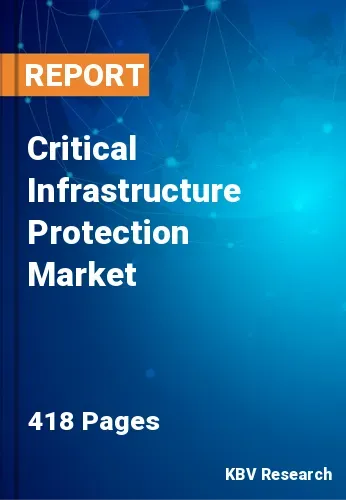
 Drivers
Drivers
 Restraints
Restraints
 Opportunities
Opportunities
 Challenges
Challenges
